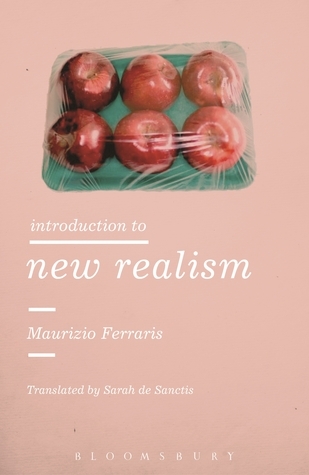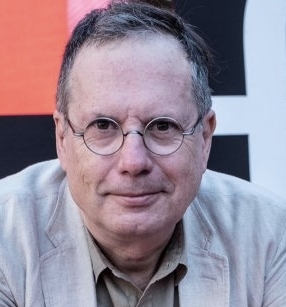
Introduction to New Realism provides an overview of the movement of contemporary thought named New Realism, by its creator and most celebrated practitioner, Maurizio Ferraris. Sharing significant concerns and features with Speculative Realism and Object Oriented Ontology, New Realism can be said to be one of the most prescient philosophical positions today. Its desire to overcome the postmodern antirealism of Kantian origin, and to reassert the importance of truth and objectivity in the name of a new Enlightenment, has had an enormous resonance both in Europe and in the US. Introduction to New Realism is the first volume dedicated to exposing this continental movement to an anglophone audience. Featuring a foreword by the eminent contemporary philosopher and leading exponent of Speculative Realism, Iain Hamilton Grant, the book begins by tracing the genesis of New Realism, and outlining its central theoretical tenets, before opening onto three distinct sections. The first, 'Negativity', is a critique of the postmodern idea that the world is constructed by our conceptual schemas, all the more so as we have entered the age of digitality and virtuality. The second thesis, 'positivity', proposes the fundamental ontological assertion of New Realism, namely that not only are there parts of reality that are independent of thought, but these parts are also able to act causally over thought and the human world. The third thesis, 'normativity,' applies New Realism to the sphere of the social world. Finally, an afterword written by two young scholars explains in more detail the relationship between New Realism and other forms of contemporary realism.
Author

Maurizio Ferraris (Torino, 1956) è un filosofo e accademico italiano. Dal 1995 è professore ordinario di filosofia teoretica presso la Facoltà di Lettere e Filosofia (dal 2012 "Dipartimento di Filosofia e Scienze dell'Educazione") dell'Università degli Studi di Torino. Ha studiato a Torino, Parigi (prendendo un diploma d'études approfondies con Jacques Derrida alla Ecole des Hautes Etudes en Sciences Sociales), all'Università di Heidelberg e insegnato in importanti università europee. Dirige la Rivista di Estetica ed è nel comitato direttivo di Critique, del Círculo Hermenéutico editorial e di aut aut. Dal 1989 al 2010 ha collaborato al supplemento culturale de Il Sole 24 ORE; dal 2010 scrive per le pagine culturali de la Repubblica. È inoltre editorialista per la Neue Zürcher Zeitung. Dopo aver scritto e condotto Zettel - Filosofia in movimento per Rai Cultura, dal 2015 conduce Lo Stato dell'Arte su Rai 5, dedicato all'approfondimento di temi d'attualità, politica e cultura.